People Magazine, George Harrison, Barry Feinstein and Govinda Gallery
This story was published by People magazine on February 25th, 2021, on the occasion of George Harrison’s birthday.

By Sam Gillette | February 25, 2021 06:05 PM
Since the 1980s, Chris Murray has championed the genre now known as “rock photography” — most recently, images of the famous English musician, George Harrison, who helped change rock and roll history forever as the lead guitarist of The Beatles. In his book, George Harrison: Be Here Now, which was published by Rizzoli, Murray features photographs by his late friend Barry Feinstein, who shot art for three of Harrison’s solo albums, including All Things Must Pass, the biggest selling solo album by a Beatle. Here, PEOPLE exclusively shares six rare photographs featured in the book in celebration of what would have been Harrison’s 78th birthday.
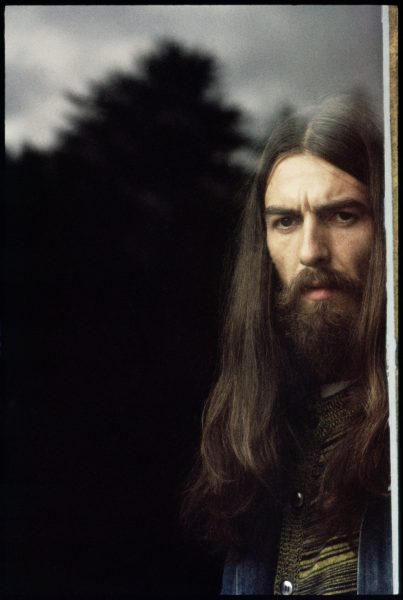
A ‘Spiritual Person’
Here, Harrison peers out a window at his home in Friar Park, England in 1970, thirty-one years before his death.
“They used to call him the quiet Beatle, which is kind of ridiculous,” Murray tells PEOPLE in an exclusive interview. “He wasn’t as talked about as John and Paul perhaps, but there’s a huge group of people out there in the world who really love this guy. These are some of the reasons why: He was a spiritual person. And these days we need spirituality. We need hope, we need love, we need community. George really expressed all those qualities.”
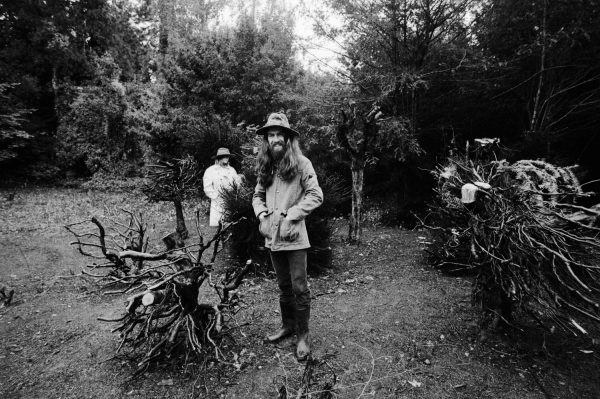
At Friar Park
Harrison, who believed in meditation and connected with the Hare Krishna movement, often found solace at his Victorian mansion, Friar Park, near Henley-on-Thames in England. (Here, the rocker gardens at his home with his then-wife Pattie Boyd in 1970.)
Murray visited Harrison there 10 years later, after Harrison became a fan of his book, Illuminations From the Bhagavad-Gita.
“George took great pleasure in gardening,” says Murray. “It made a lot of sense to me, because when people were having higher consciousness and spiritual realizations at that time through meditation, or psychedelics, or whatever, nature became such an important thing.”
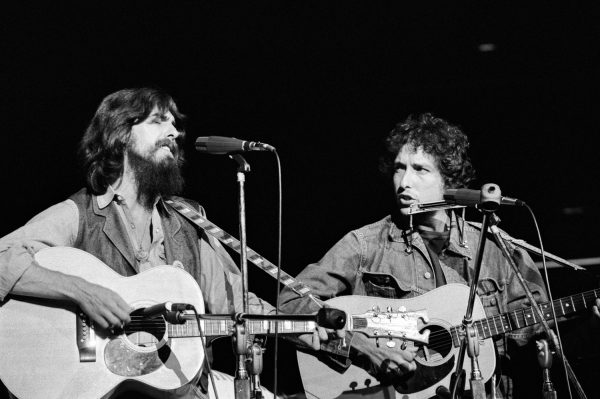
The Rehearsal
When Harrison organized the Concert for Bangladesh at Madison Square Garden in New York City in 1971, he created one of the most memorable rock performances of all time. But Bob Dylan’s attendance wasn’t definite.
“Not many people know there was a rehearsal a few days before the show. Bob came to that rehearsal. They weren’t even sure if he’d come to that, but he did,” Murray remembers. (Right, Harrison and Dylan rehearse for the concert.) “His appearance was the heart of the show because they’re George and Bob, they love each other, and New York loved Bob.”
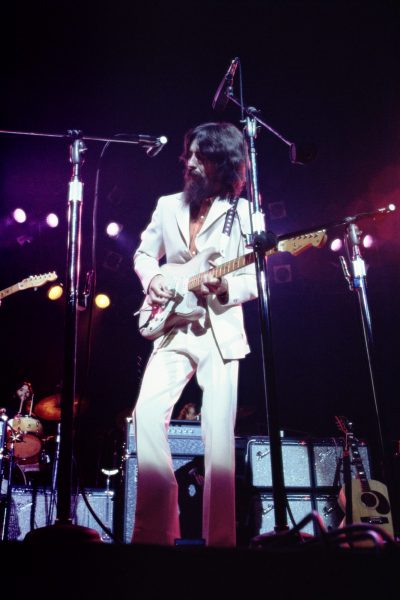
The Concert for Bangladesh
The band that took the stage featured a dazzling array of musicians like Eric Clapton, Ringo Starr, Jim Keltner, Leon Russell and Jim Horn — and Feinstein was there to capture it all.
“Leon Russell was crazy about Bob. And there’s Ringo playing drums,” says Murray. “There’s Eric Clapton, who was a dear friend of George’s. And so the chemistry of everybody on stage for Bangladesh was amazing.”
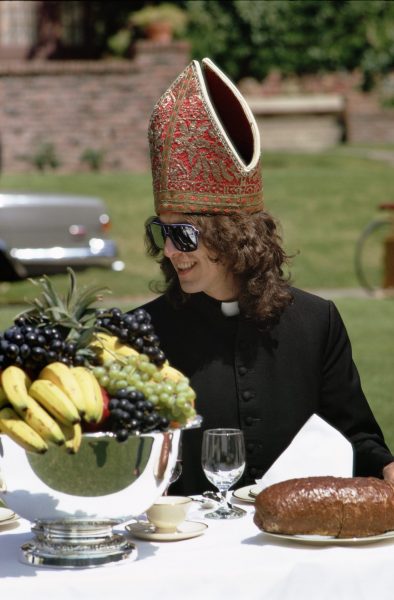
Living in the Material World
Feinstein was also one of the photographers there for the Living In the Material World photo session in Los Angeles in 1973. Harrison had created a “surreal” feast outside, says Murray.
“All the people sitting at that table were the musicians who were playing with him: Jim Keltner, Ringo, Nicky Hopkins,” he continues. “George created this surreal kind of feast, sort of [a play] on success, and fame, and what people think it means.”
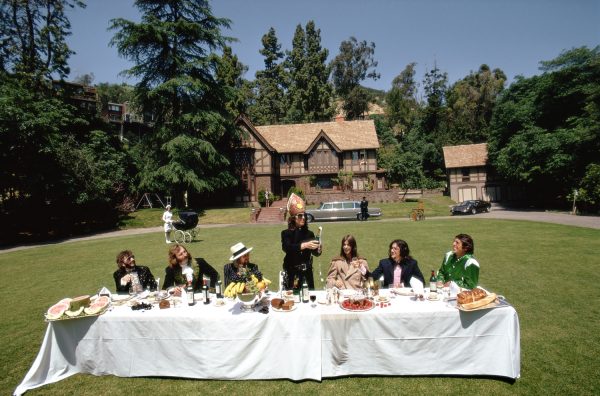
A ‘Mad Hatter Tea Party’
In actuality, Harrison was “pulling everybody’s leg,” Murray explains.
“The incredible songs on that album are deeply spiritual poems that he put to music,” he continues, “about becoming self-realized and about Krishna consciousness.”
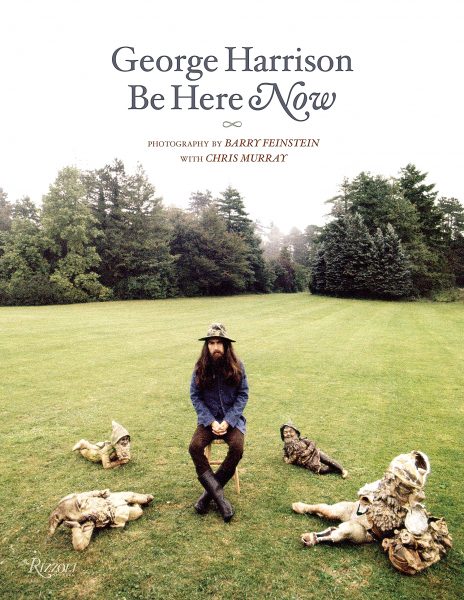
George Harrison: Be Here Now
One of Murray’s favorite photographs is Feinstein’s “compelling portrait” of Harrison sitting on the lawn at Friar Park surrounded by garden gnomes, which graced the cover of his triple album All Things Must Pass, which released in November 1970.
“This was the first solo album. The Beatles had just broken up. The Vietnam war was going on. Civil rights. Everything was happening,” says Murray. “And here comes this first [solo] Beatles’ album, and it’s called All Things Must Pass. And there’s George with four garden gnomes, in this natural state landscape, and the cover mesmerized me.”
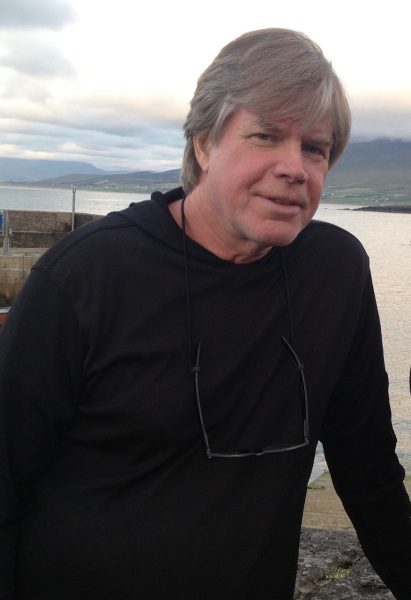
The Author
Murray, who founded Govinda Gallery in 1975, had a similar reaction to another Beatles portrait years before, which started his obsession with rock photography. Before photographer Annie Leibovitz was famous, Murray hosted her first exhibition in 1984. That was when he purchased her iconic portrait of a naked John Lennon holding on to Yoko Ono.
“It was just me and Annie and I said, ‘Annie, I’m going to buy my first photo of yours. I love John. I’m going to get the one of John and Yoko.’ And she turned to me and said, ‘You know, Chris, John was murdered the day I took that photo.’ “
Murray didn’t say anything in response, but he made a vow to himself.
“When Annie told me that, hand to God, I didn’t say it to her, I just said it to myself, ‘Not only is this a great photo, it’s an important photo,’ ” he remembers. “At that very moment I said to myself, ‘I’m going to find more photos like this.’ ”
Thanks Chris – and good for you! I reposted it to my FB page.
So great to see this Chris!! Bravo!!